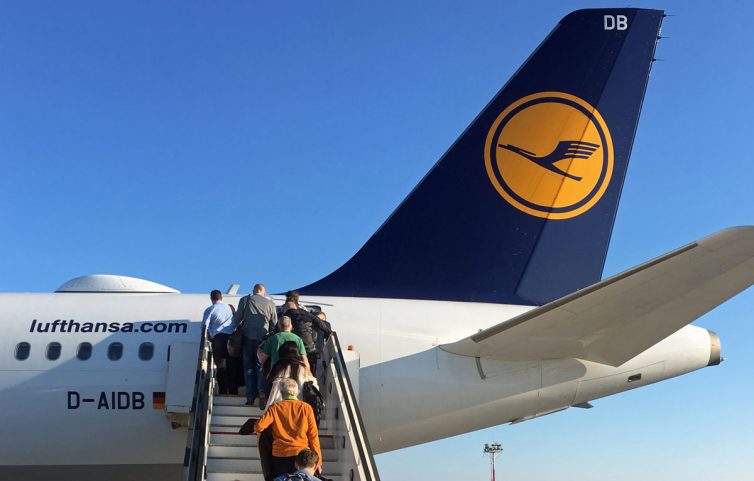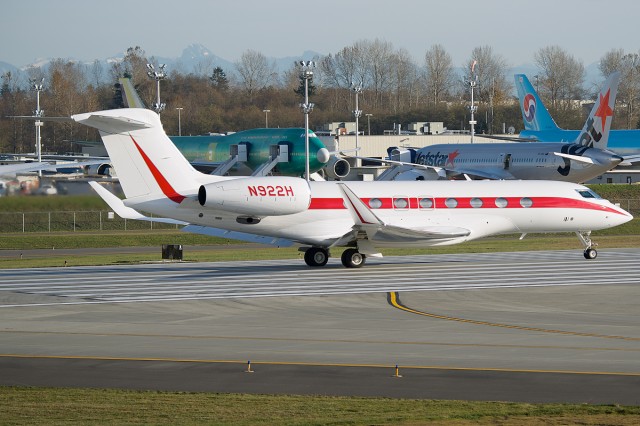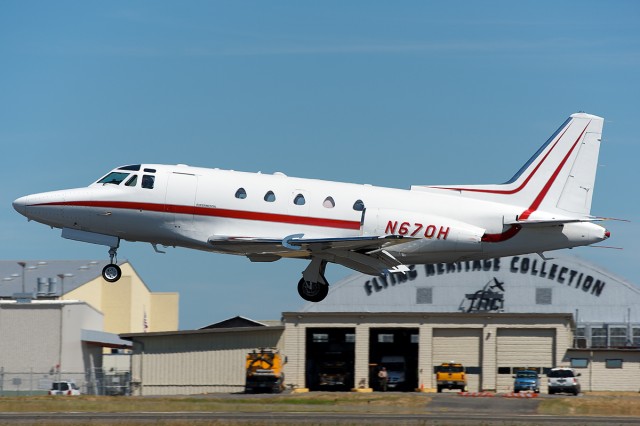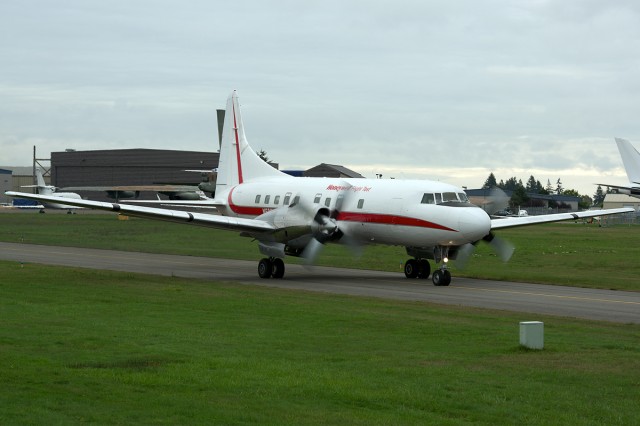
D-AIDB, one of Lufthansa’s newly-equipped IFC aircraft – Photo: JL Johnson | AirlineReporter
Here in the U.S., we have been spoiled by the ubiquity of in-flight connectivity (IFC). A few years ago the IFC saturation rate reached a level affording passengers the opportunity to adjust expectations from being a nice-to-have feature to a downright entitlement. Delta, our on-again, off-again largest domestic carrier, has long been an in-flight WiFi leader, having reached just shy of a 100% IFC-equipped fleet years ago. Thanks to early IFC pioneers like Gogo, with their ATG products, the U.S. has truly had a jump start on other markets.
Because of this, it may be surprising to our U.S. readership that IFC is not terribly common with short-to-medium-range flights in and around Europe. Lufthansa (plus subsidiaries Austrian Airlines and Eurowings) are looking to change that. In partnership with Lufthansa Technik, Honeywell Aerospace, and Inmarsat, these carriers are deploying a new IFC solution at the steady clip of eight planes per week.
I recently had the opportunity to spend some time with Lufthansa Technik to learn about Lufthansa’s new in-flight connectivity solution and even experience it first hand…

Honeywell’s mint-condition Gulfstream G650 departing KPAE – Photo: Bernie Leighton | AirlineReporter
Last year, I wrote about visiting Honeywell’s facility in Redmond, after which I got to spend an afternoon flying with their crash test dummies. That, however, only covers the activities of Honeywell Aerospace in Washington State.
Honeywell has a large presence in Phoenix, specifically at Deer Valley Airport. At one point this was the legacy of Sperry Electronics, which got its start making gyroscopes for Curtiss biplanes. They even had a rudimentary autopilot demonstration in June, 1914.
So, what does this have to do with Honeywell? Well, prior to their purchase by Honeywell Aerospace, Sperry developed the first Flight Management Computers (FMC). The best way to describe an FMC is that it’s a layer above the autopilot and allows for a degree of pre-planning and programming for the aircraft’s mission. Flight Management Computers have evolved to a level most of the old Sperry guard could never have imagined, though the form factor has remained relatively the same.
Honeywell Aerospace is not known for sitting still. Much of their avionics technology hangs out on the bleeding edge. The thing is, airlines and their associated airframers tend to demand low cost AND reliability. Flight deck and avionics design usually evolves within corporate aviation. It is no wonder, then, that Honeywell and Gulfstream work so closely to develop an integrated flight deck and avionics suite. The internal name of the Honeywell avionics and flight management package is Primus Epic.
While it is also at home on a Falcon 7X, Dassault puts their own special finishing touches on it so that it better matches their ecosystem. We’re not talking about Dassault today- we’re discussing Gulfstream- so the Honeywell system is marketed as PlaneView.
How does one get a good understanding of the practical elements of PlaneView/Primus Epic you ask?
The best way. By seeing it in person by flying on a Gulfstream G650 and who am I to say no?

N670H was the first aircraft in the world to be certified with TCAS. Photo by Bernie Leighton | AirlineReporter.com
Recently I spent a day with Honeywell Aerospace and it had clearly worked its way into my brain at a deeper-than-expected level.
Before I found the opportunity to go over my notes and write a follow-up article about my time with the Honeywell Crash Test Dummies up at Paine Field, I found myself on board an American Airlines Boeing 737. My first thought, after it was clear that tower had given us a “taxi into position and hold” command for Runway 34R at SEA was, “I sure hope this aircraft has RAAS.”
Runway Awareness and Advisory System is a Honeywell Aerospace product that allows pilots to enhance their situational awareness by providing audible and visual cues about the aircraft’s location relative to its destined runway. Once the aircraft arrives on the runway, it is capable of reminding flight crew that they are still on the runway after one minute and thirty seconds. This time was decided on by Honeywell’s research team. After ninety seconds on the runway, research shows that the safe course of action is to make a radio call to the tower reminding them of your position and intent. That technology alone saves lives and prevents damage, but if you think Honeywell stopped there, you would be wrong.

N580HW, a 61-year-old Convair 580 – Photo: Bernie Leighton | AirlineReporter.com
Those of us in the Seattle AvGeek scene are all too familiar with Honeywell Aerospace Flight Test’s Convair 580 (reg N580HW) based at Paine Field (PAE) [where Boeing makes their 747, 767, 777 (for now) & most 787 aircraft]. The aircraft is serial number 2, it was built in 1952. It is not every day that you have the opportunity to see a 61-year-old aircraft in operational service, let alone fly on one. This was my lucky day.
Before making the drive to the “Honeywell Museum of Flight” at Paine Field, I was at Honeywell’s Redmond laboratory to partake in a demonstration of Honeywell’s advanced Enhanced Ground Proximity Warning System (EGPWS), Traffic Collision Avoidance System (TCAS), and landing monitoring research.
At the time, I was not sure if I would be getting a flight on the Convair or their Sabreliner (N670H). Shortly after my arrival, I was told that we would all be hopping aboard N580HW — I was thrilled, but also at the same time kind of jealous of the Sabre crew!



